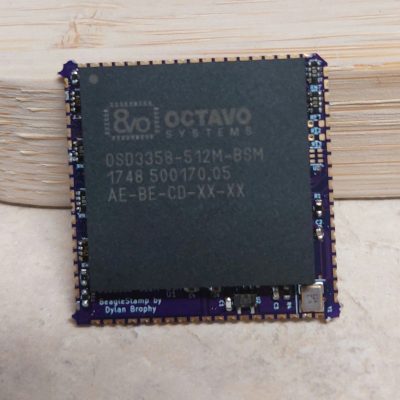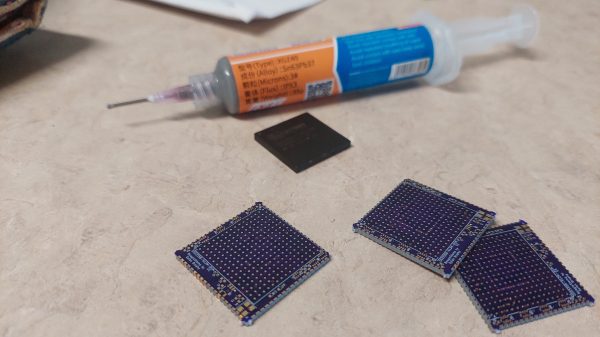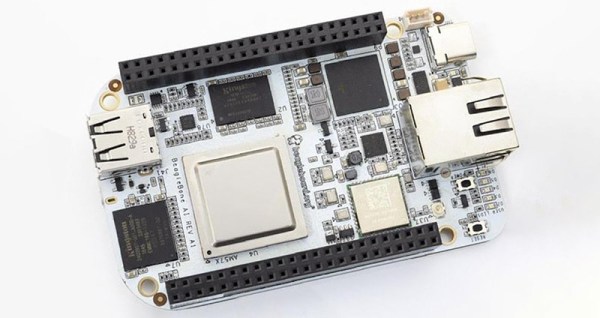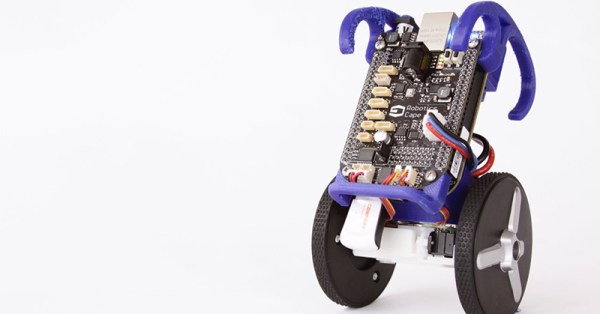There are a lot of things you can do with today’s powerful microcontrollers, but sometimes you really need a full embedded Linux setup. [Dylan Brophy] wanted to make it easier to add Linux to his own projects and designed the BeagleStamp.
 Squeezed onto a 1″ square, the BeagleStamp puts the power of a PocketBeagle into an easy to solder module you can add to a project without all that tedious mucking about with individually soldering all the components of a tiny Linux computer every time. As a bonus, the 4 layer connections are constrained to the stamp as well, so you can use lower layer count boards in your project and have your Linux too.
Squeezed onto a 1″ square, the BeagleStamp puts the power of a PocketBeagle into an easy to solder module you can add to a project without all that tedious mucking about with individually soldering all the components of a tiny Linux computer every time. As a bonus, the 4 layer connections are constrained to the stamp as well, so you can use lower layer count boards in your project and have your Linux too.
The first run of boards was delivered with many of the pins unplated, but [Brophy] plans to work around it for the time being so he can spot any other bugs before the next board revision. Might we suggest a future version using RISC-V?














